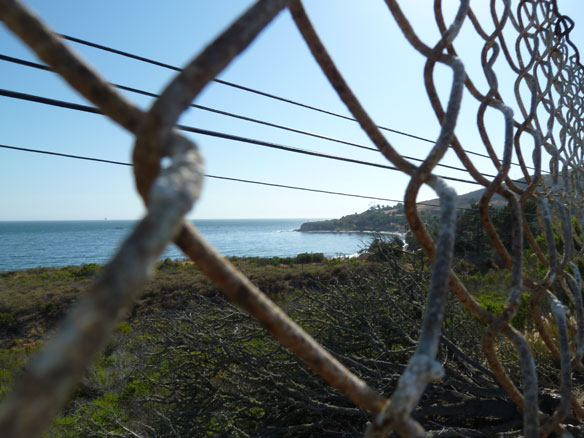
Refugio State Beach. The 2015 oil spill was the state’s largest coastal oil spill in 25 years affecting Santa Barbara County. Photograph: © SAF – Coastal Care
Excerpts;
Chemicals used to clean up spills have harmed marine wildlife, response workers and coastal residents. The EPA must act…
Read Full Article; Guardian UK (03-26-2019)
Sunlight Reduces Effectiveness of Dispersants Used in Oil Spills; WHOI (04-25-2018)
Two new studies have shown that sunlight transforms oil on the ocean surface more significantly and quickly than previously thought. The phenomenon considerably limits the effectiveness of chemical dispersants, which are during oil spills to break up floating oil and reduce the amount of oil that reaches coastlines…
First Study of Dispersants in Gulf Spill Suggests a Prolonged Deepwater Fate (01-27-2011)
To combat Deepwater Horizon oil spill, nearly 800,000 gallons of chemical dispersant were injected directly into the oil and gas flow coming out of the wellhead. Scientists begin to assess and to raise questions about what impact the deep-water residue of oil and dispersant, might have had on environment and marine life in the Gulf…
Gulf Oil Spill: Oil-Dispersing Chemicals Had Little Effect On Oil Surfacing, Science Daily (12-04-2012)
As the Deepwater Horizon incident unfolded, in an effort to prevent the oil from coming to the surface and reaching coastal and marsh ecosystems, chemical dispersants were injected at the wellhead. A new study is the first to examine the effects of the use of unprecedented quantities of dispersants, over such a prolonged period of time in the deep ocean…









